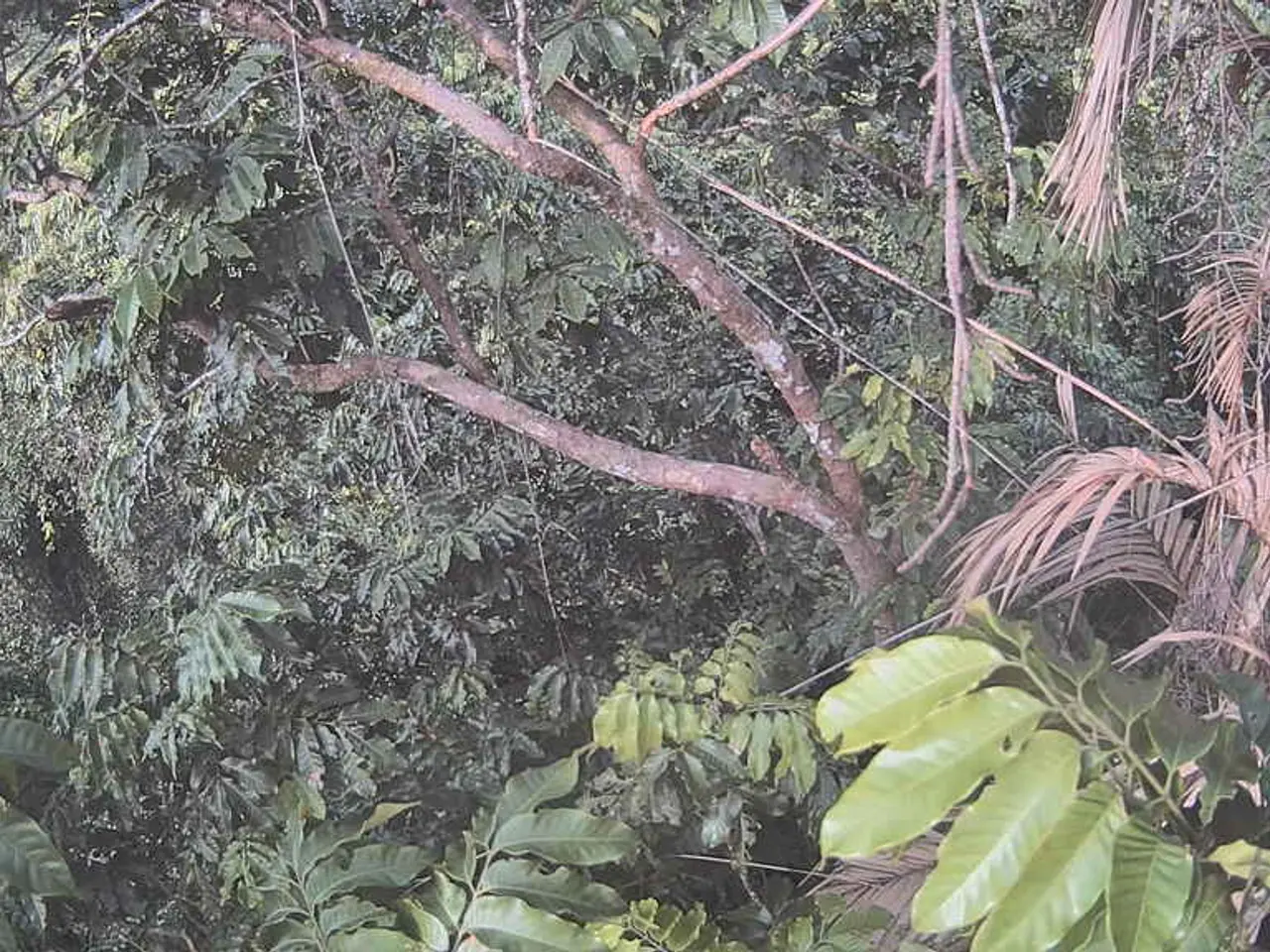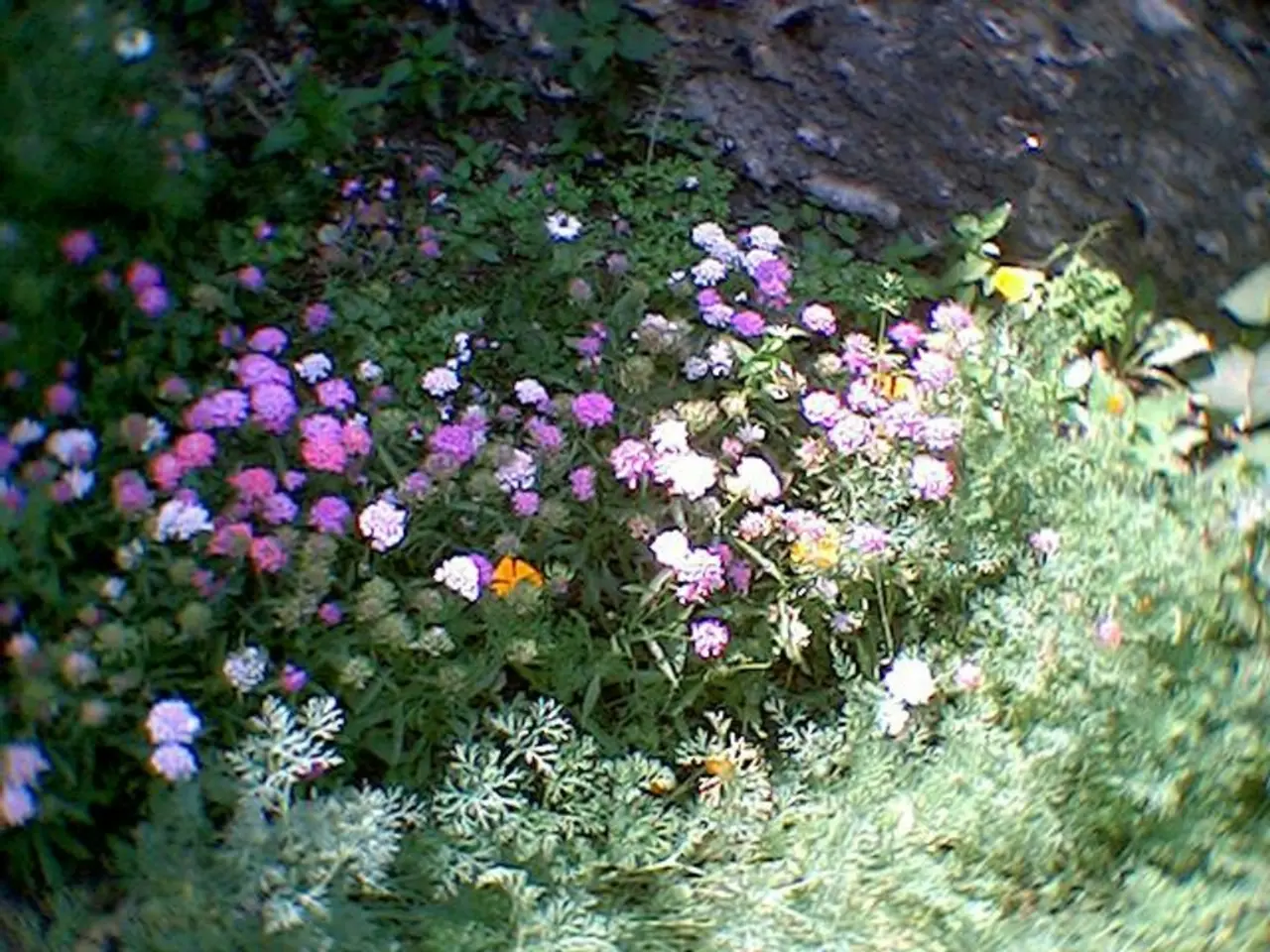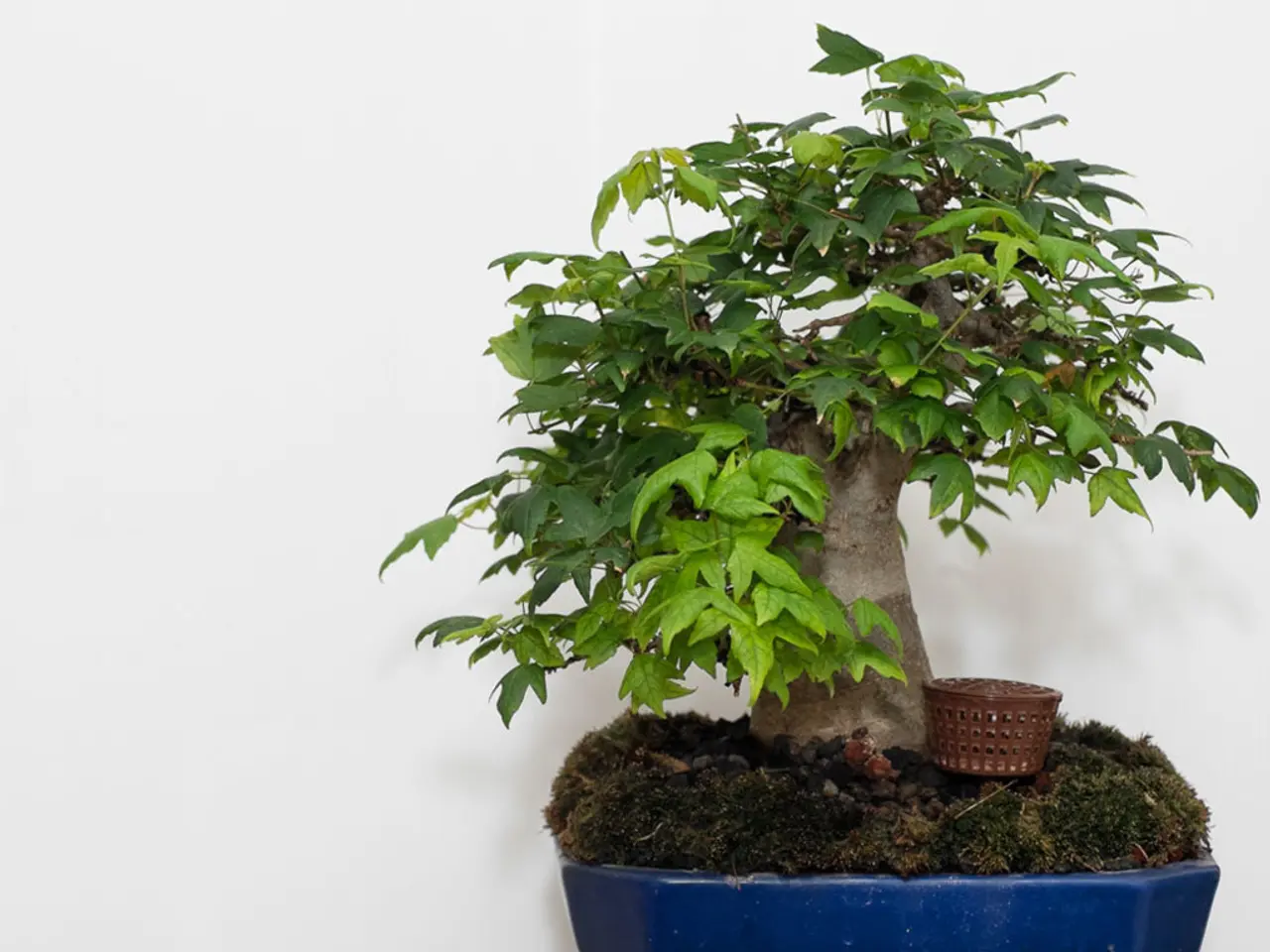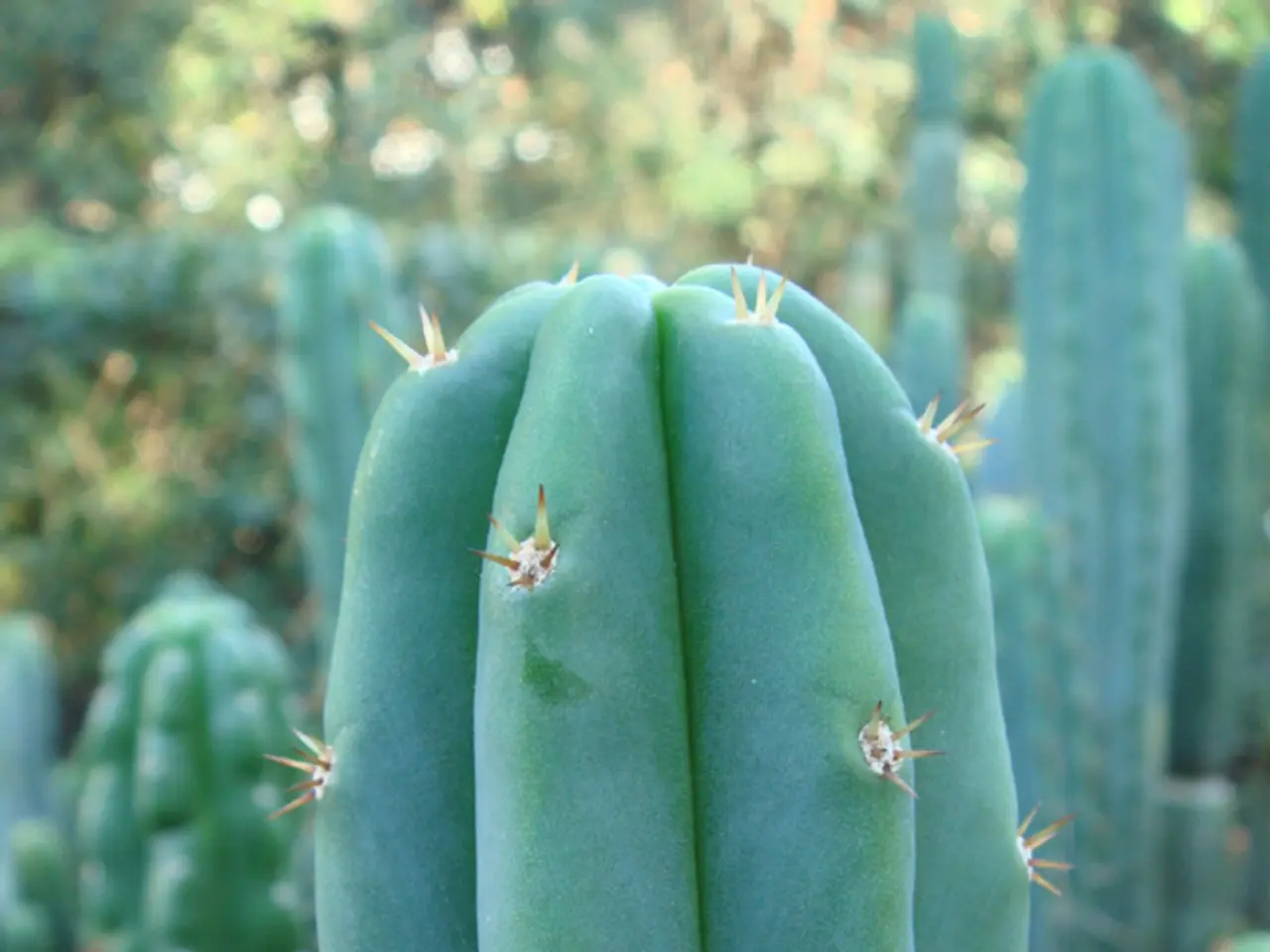From Lime Trees to Cool Citrus at Home
Expert Advice and Top Strategies for Successfully Cultivating Lime Trees: Insights from Professionals
Ready to add a zesty element to your home garden or indoor decor? Look no further than the versatile and fruity lime tree!
Lime trees, belonging to the Citrus latifolia family, are vibrant citrus trees that reach up to 20 feet tall, boasting tangy, seedless fruit with a punchy, fresh flavor. These exotic trees are perfect for both culinary and visual appeal!
Though USDA zone temperatures may have you shivering, don't fret – with some TLC, you can still indulge in the joy of growing your own lime tree.
Quick Basics:
- Botanical name: Citrus latifolia
- Height: 20 feet tall
- Spread: Similar to height
- Best sun exposure: Full sun
- Soil requirements: Loamy, well-draining
- Hardiness zones: USDA 9-11 for optimal growth
- Ideal planting times: Spring or Fall
Bring the Tropics Home with Lime Tree Care
Caring for your lime tree can be a breeze, as long as you keep in mind the following necessities for light, water, temperature, humidity, and soil.
- Sun: Limes thrive in subtropical to tropical conditions. Optimal full sun exposure is crucial, but they are intolerant of shade.
- Water: A fine balance! Limes hate their feet wet, but prefer consistently moist soil. For mature trees, water slowly and deeply every couple of weeks. For new plants, water every other day for the first seven days, reducing to once or twice a week for the first two months.
- Climate: Plant lime trees in the warmest area of your landscape or home. Keep potted limes away from drafts and aim for temperatures of approximately 55-85°F (13-30°C). They can tolerate very short periods of temperatures as low as 32°F (0°C), but in areas with frequent chilly temperatures, opt for a pot that allows for indoor or protected area movement.
- Humidity: Limes love humidity levels above 50%, especially when kept indoors. Reliable methods to create humidity include humidifiers, pebble-filled saucers, or gently misting the plant.
- Soil: Lime trees are adaptable, but they love well-draining soil, with a preference for sandy/loam mixes.
- Fertilizer: Enhance growth with regular fertilizer. Supply your lime tree with a nitrogen-based fertilizer in small quantities (1 tbsp) from May through August for the first year, followed by doubling this amount for the next four years. For mature trees, aim for half to 1 pound (115-225 g) of citrus-specific fertilizer annually.
Prepare to Play Margaritaville
Whether you're growing your lime tree from seed, or snagging one from a nursery, there's so much potential for a fresh, zesty citrus addition to your lifestyle.
Lime trees can certainly be picky, but with nurturing and care, you'll be well on your way to savoring homemade margaritas in no time! Get started today, and embrace the tropical vibes of a flourishing citrus orchard, right at home.
Just remember, limes are susceptible to several pests, diseases, and maladies… but we'll leave those for a whole other tropical paradise!
Sources:
- Incorporate a lime tree into your home-and-garden for an exotic addition to your home lifestyle, creating a visual and culinary treat with its tangy, seedless fruits.
- When caring for your home-grown lime tree, ensure it receives full sun exposure, well-draining soil, and a balanced watering schedule, as these elements contribute to its healthy growth and the likelihood of enjoying fresh limes in your lifestyle.




